Post-Quantum Cryptography

Overview
Post-quantum cryptography represents the forefront of cybersecurity innovation, designed to safeguard digital infrastructure against the looming threat posed by quantum computers. Unlike classical computers, quantum machines have the potential to break widely used encryption algorithms, rendering current cryptographic protections vulnerable. For organizations, this signals a critical need to prepare for the post-quantum era by integrating advanced cryptography that ensures crypto agility—enabling systems to swiftly adapt to evolving encryption standards. As quantum computing and AI-powered cyber threats grow more sophisticated, modern cryptographic solutions are essential to protect sensitive data, maintain trust, and defend against breaches that could disrupt even the most secure environments. Preparing now is not only prudent, but imperative for future resilience.
Did you Know?
90% of current encryption methods are expected to be broken by quantum computers within 3-6 years.
Over $1 trillion in digital assets are at risk if quantum-safe cryptography isn’t adopted soon.
Only 23% of organizations are actively addressing the quantum computing threat, majority unaware of the risks and urgency.
NIST estimates a 5-10 year transition to quantum-safe cryptography for most large organizations.
60% of organizations are unaware or unprepared for quantum-related risks and do not know where to start.
80% of cybersecurity experts believe AI and quantum computing will drastically enhance cyberattacks in the next decade.
Quantum computers capable of breaking RSA-2048 may appear by 2024-2026.
45% of large enterprises will adopt crypto-agility solutions will be required to adopt Crypto-Agility by 2025.
Challenges
Lack of awareness: Many organizations are unaware of the quantum computing threat timeline.
Complex transition: Moving from current encryption to quantum-safe solutions is technically complex and resource-intensive.
Crypto-agility: Implementing systems that can swiftly adapt to new cryptographic standards is essential but challenging.
Data at risk: Sensitive data already encrypted today could be compromised by future quantum decryption.
Legacy systems: Upgrading or replacing legacy infrastructure to support quantum-safe algorithms is a significant challenge.
Budget constraints: Allocating sufficient resources for long-term quantum-safe strategy and implementation.
Talent shortage: Limited expertise in quantum-safe cryptography and modern encryption methods.
Interoperability: Ensuring seamless integration of post-quantum cryptography across diverse systems and platforms.
Solutions & Technologies
Enterprise Proven Methodologies:
Adopt Quantum-Safe Cryptography: Use algorithms resistant to quantum attacks (e.g., lattice-based).
Implement Crypto-Agility: Ensure systems can easily switch cryptographic algorithms.
Use Hybrid Encryption: Combine classical and quantum-safe algorithms during the transition.
Apply Zero Trust Architecture: Enforce strict identity verification and least-privilege access.
Upgrade Key Management: Support quantum-safe key exchange and lifecycle management.
Re-encrypt Sensitive Data: Protect data with quantum-resistant algorithms.
Conduct Regular Security Audits: Assess cryptographic readiness for quantum threats.
Secure Networks: Deploy quantum-resistant protocols like quantum key distribution (QKD).
Plan for Resilience: Prepare incident response and disaster recovery for quantum threats.
Design with Security: Build quantum-safe principles into new systems and applications.
Collaborate: Stay updated on quantum standards and best practices through industry partnerships.
Best in class solutions:
Quantum-Safe Data Protection (QSE)
Advanced Crypto-Agility: (ACA)
Quantum-Safe Key Management: (QSKM)
Quantum Key Distribution (QKD)
Zero Trust Architecture (ZTA)
Benefits
Enhanced Modern Security: Protect sensitive data from quantum computing threats.
Quantum Risk Mitigation: Reduce the likelihood of data breaches and cyberattacks enabled by quantum computers and AI.
Regulatory Compliance: Meet emerging quantum era regulations and standards.
Business Continuity: Ensure reliable services through resilient and updated cryptographic systems and protocols.
Competitive Advantage: Build trust with customers and partners through innovative security.
Future-Proofing: Prepare for evolving technology landscapes and threats and remain adaptable to unforseen changes with the power of automation.
Cost Savings: Avoid expensive breaches by investing in proactive security while significantly improving operational effeciency.
Crypto-Agility: Enable quick adaptation to new cryptographic standards and remain resilient to any future changes to encryption algorithms or protocols.
Improved Incident Response: Strengthen responses to sophisticated cyber threats at the core of cyber defense for both data and identity.
QuCypher Approach
Discovery and Strategic Alignment: Assess current security posture, align Zero Trust goals with business objectives, and secure stakeholder buy-in.
Design and Architecture: Develop a scalable, quantum-safe Zero Trust architecture tailored to organizational and industry needs.
Deployment and Integration: Implement prioritized solutions, integrate with existing systems, and automate key security operations.
Optimization and Maturity: Refine policies, expand automation, and scale the program to ensure long-term efficiency and resilience.
Continuous Risk Assessment and Management: Monitor emerging threats, update cryptographic defenses, and conduct regular audits to maintain resiliency.
Relevant Insights

